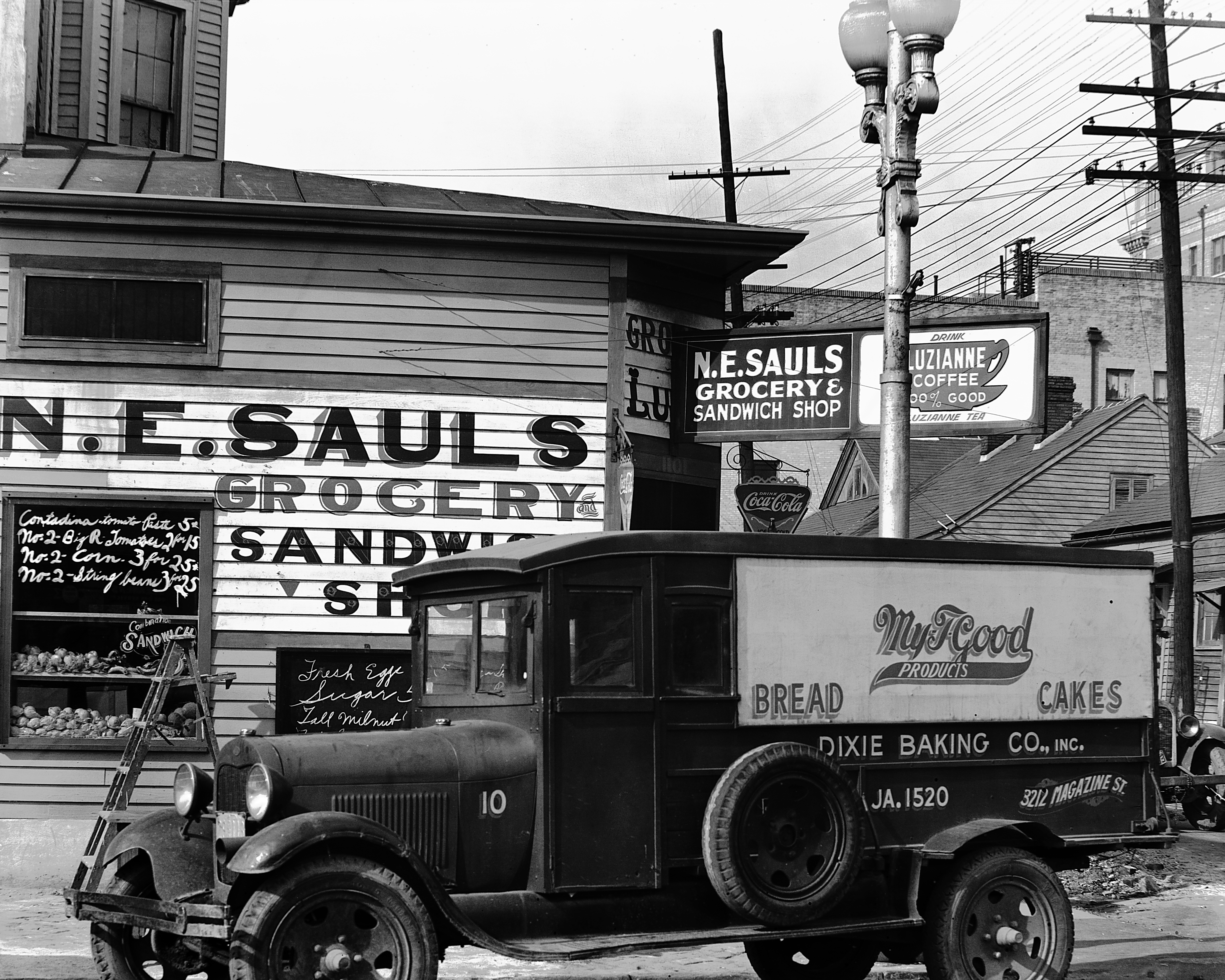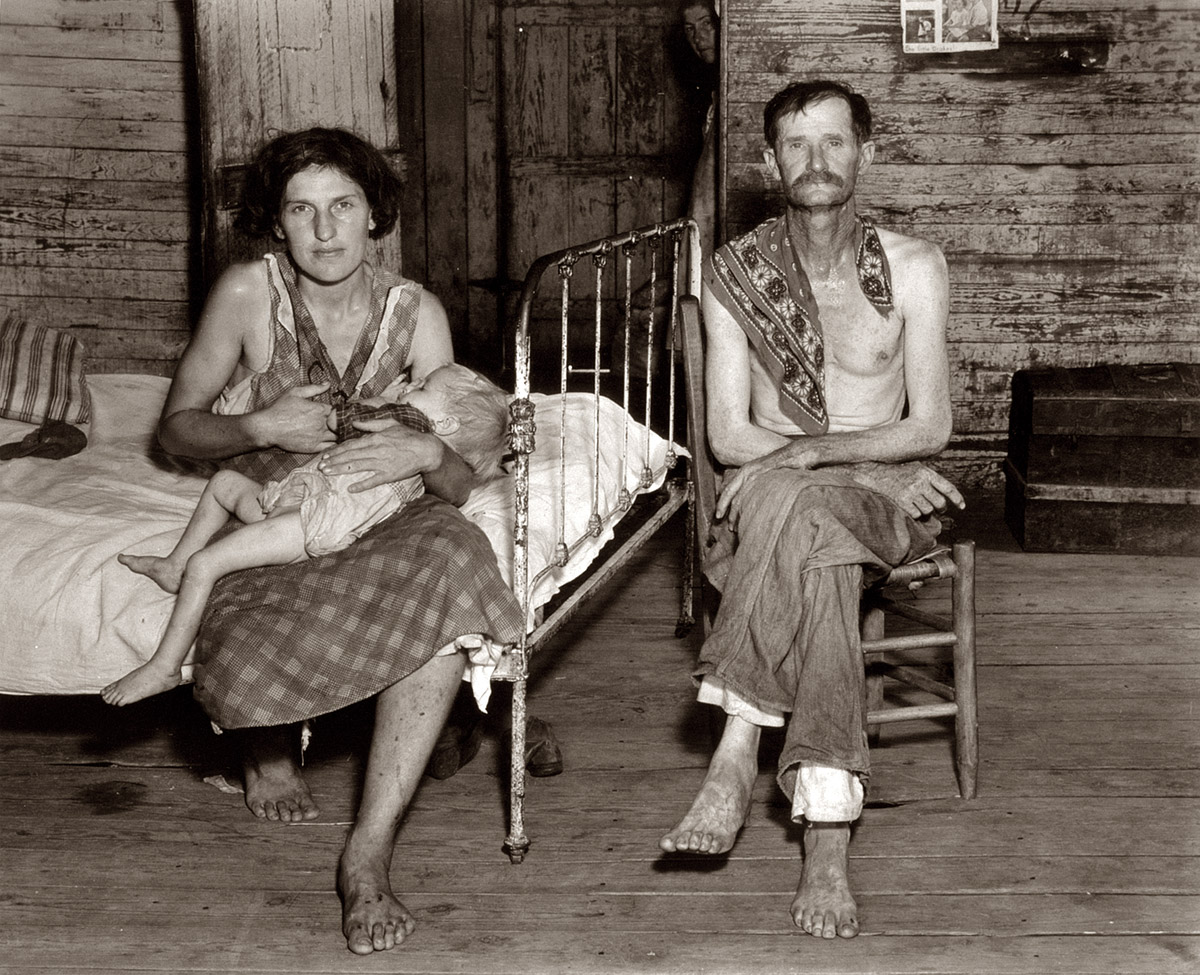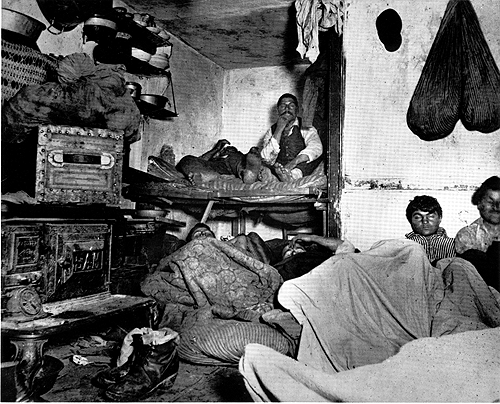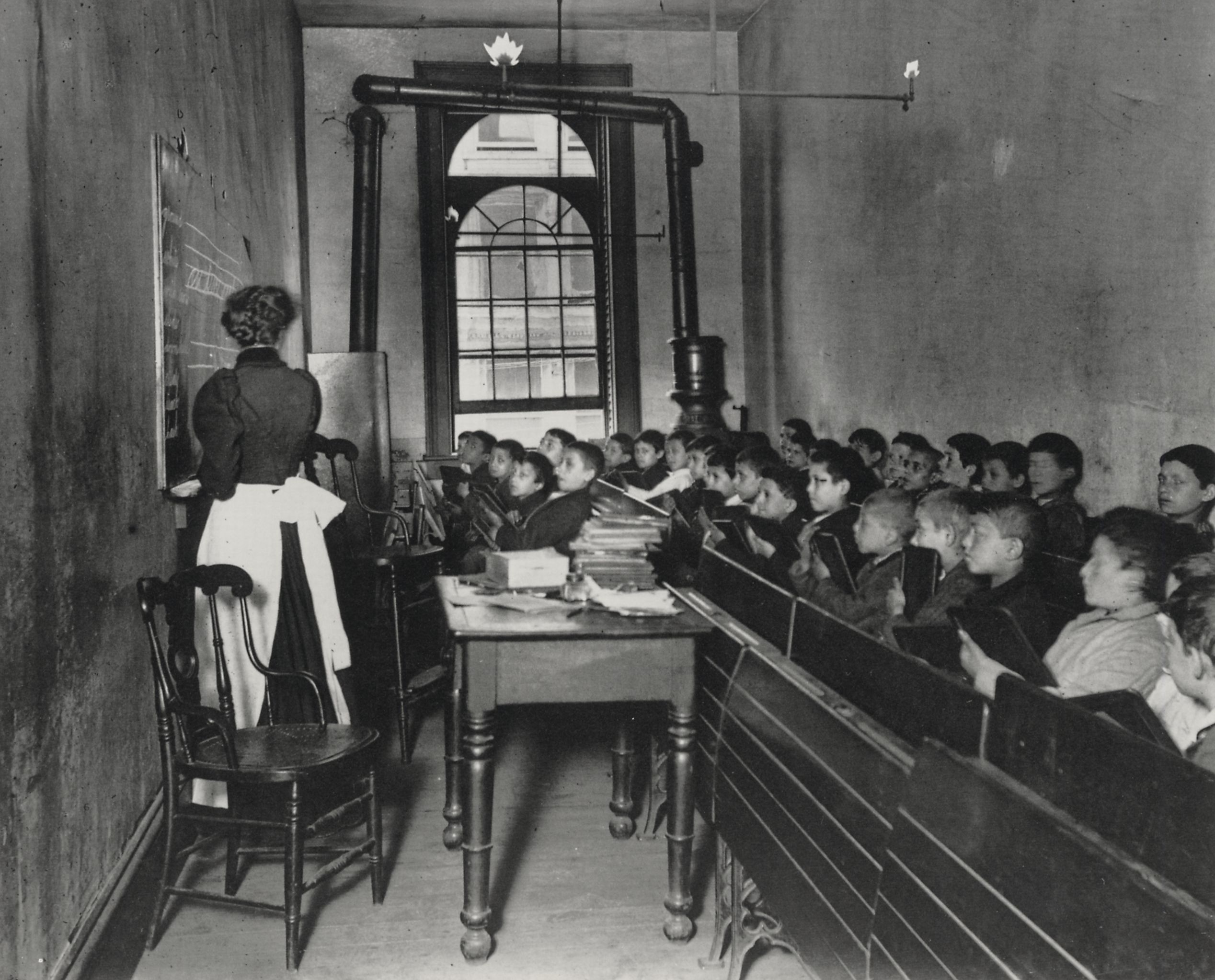Diane Arbus was born on march 14, 1929 and she died on July 26, 1971 from committing suicide. She went to the Fieldston School for ethical culture and married her childhood sweetheart, Allan Arbus, at the age of eighteen. They had two daughters, Doon and Amy before they divorced in 1969.
Diane Arbus is a photographer that is known for her square, black and white pictures of people in New York. What made her photographs unique was her subjects. You usually chose to take pictures of "freaks"; transgender, dwarf, giants, nudists, and circus performers. She had the belief that a camera was needed to expose truth and she did just that. She showed her audience a whole world of people they knew nothing about. These people are usually shunned from society and Arbus brought them to the center of attention with her photographs.

This photo is so disturbing but interesting you can't stop looking at it.

She photographed people that we normally don't feel comfortable around. The longer you look at it the more you're intrigued. I love it.

Her pictures have a sense of creepiness or weariness about them. The black and white makes them almost fake, like they are so surreal you can't stop looking at it. This photo is great composition with the matching outfits and them standing side by side it draws your eyes right away.



















